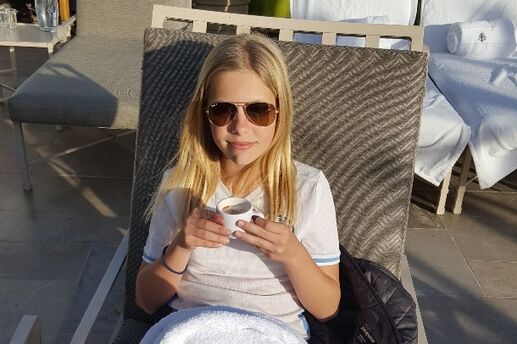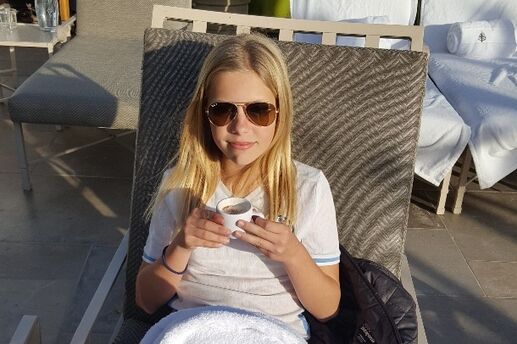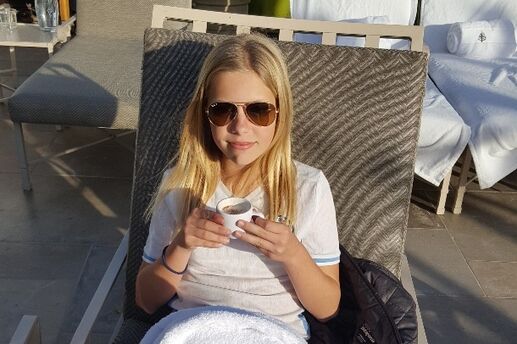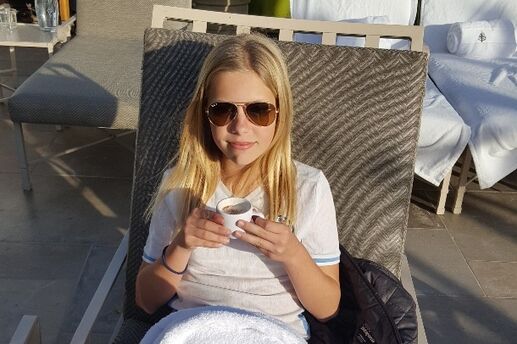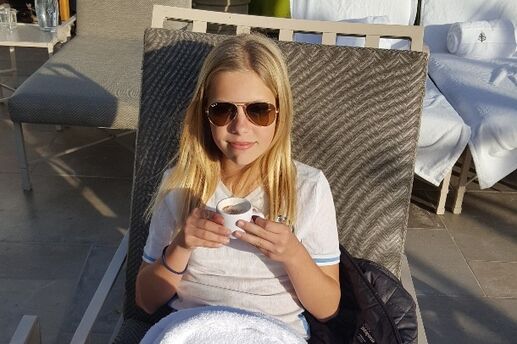Anti-aging Hair Care
Like wrinkle-free skin, silky hair is something you take for granted in your teen years. But sometime in your 30s, you may begin to notice that your hair isn’t its usual youthful self. Unruly gray strands start infiltrating like a gang of graffiti artists, and your once-bouncy locks become ragged, fried and limp, no longer responsive to your regular styling products.
Don’t despair. Scientists are studying how hair changes as we age, examining both how hair is influenced by outside factors (like sunlight and heat styling) as well as internal factors (like hormonal changes) that may affect shine and texture. As a result, says Steven Shiel, a Pantene hair care expert who holds a doctorate in organometallic chemistry, a battery of anti-aging grooming techniques and products has emerged to help our hair retain its luster, fullness and bounce.
Here’s how to keep your hair looking its finest, whether you’re 24, 34, 44 or 64.
Revive Youthful Shine
Years of sun exposure, chemical processing and heated styling tools fray the hair’s cuticle and create an uneven surface that absorbs light. What’s more, your body’s natural shine-enhancing oils become less plentiful in your 30s and beyond. “As you age, the production of sebum decreases,” says Shiel. “That means a drier scalp and hair.”
Restore luster with a regimen that includes a conditioner every time you shampoo; look for the ingredient cetyl alcohol, to retain moisture, and dimethicone, to add sheen. Use a deep-conditioning treatment once a week. And for an instant radiance boost, make a shine-enhancing finishing spray the last step in your styling routine.
Create More Volume
While men watch their hairlines recede and scalps go bald, women experience more of an all-over thinning as each hair fiber shrinks in diameter through the decades. You might notice, for example, that it takes another twist of an elastic to hold your ponytail in place.
The texture of your hair also changes. “As hair strands shrink, they can become fine and limp,” says Shiel, “and they’re likely to go flat if your shampoo or conditioner is too heavy.” Products that are custom-designed for fine hair contain cleansing ingredients that gently remove the accumulated scalp oils, dirt and styling residue that can cause hair to droop.
If you crave more voluminous locks, then mousse should be in your styling repertory, suggests hair expert John Gray, author of The World of Hair. Mousse contains the greatest concentration of cationic polymers, compounds that Gray calls “magic bullets” when it comes to fattening up skinny strands.
Coloring your hair, believe it or not, can actually make fine locks look thicker, healthier and more dimensional. That’s because dyes lift the cuticle, thickening individual hair fibers. Highlights lead to even greater swelling of the strand by creating a contrast of light and dark tones.
Baby Chemically Processed Locks
Helpful as color is in making hair appear fuller, you’re not only changing your hair’s hue when you dye or highlight it -- you’re also changing its structure. Color-treated hair becomes more negatively charged, making it rough, dull and more vulnerable to damage. The first line of defense is using your hot styling tools with caution. Apply a heat-protecting product before you blow-dry or flat-iron your hair. Set these tools on the lowest temperature that will help you achieve the styling you want without burning your locks.
The second line of defense is to use shampoos and conditioners that are formulated for color-treated hair. These contain UV filters that protect your hair against the sun’s rays -- which can fade color and turn highlights brassy -- and moisturizing ingredients that replenish and refine roughed-up cuticles.



